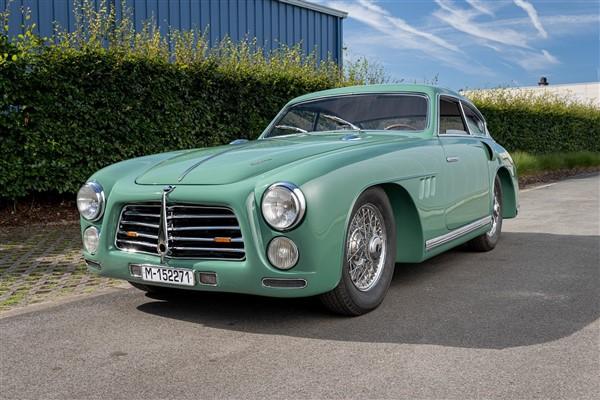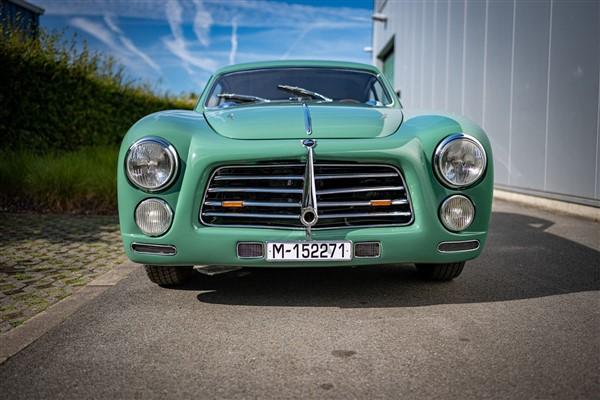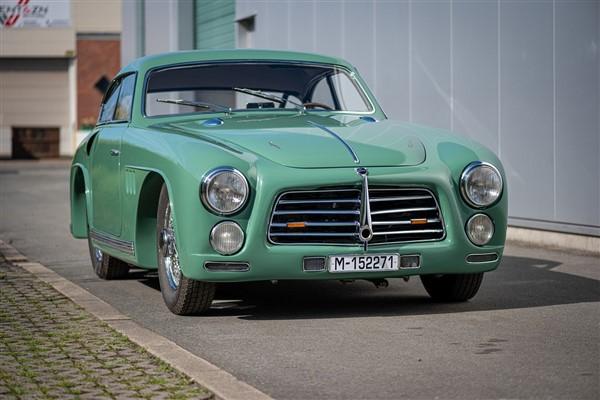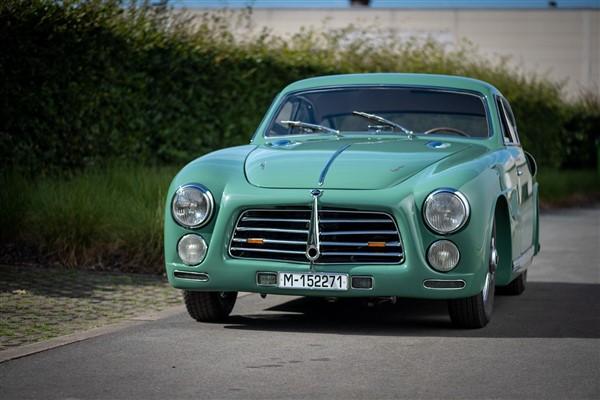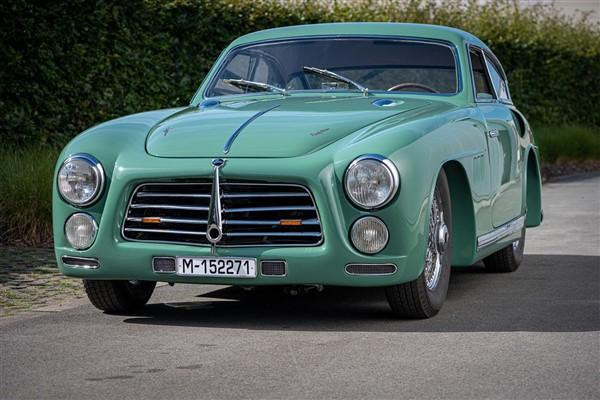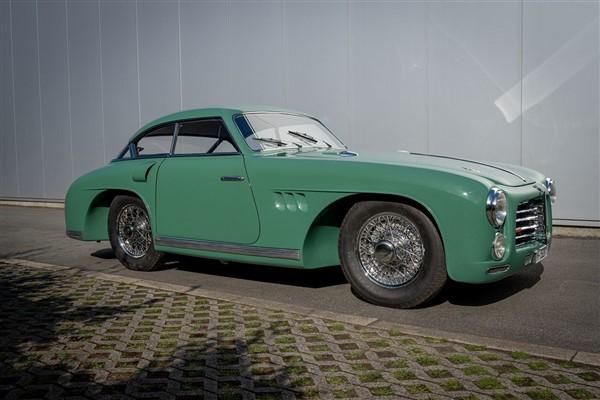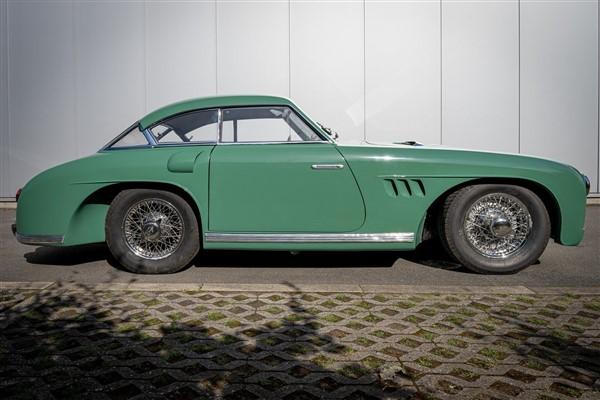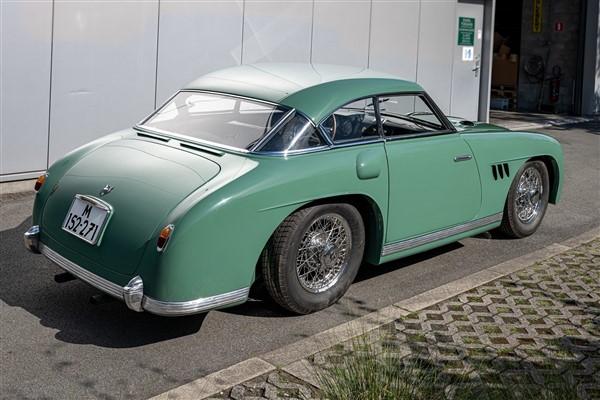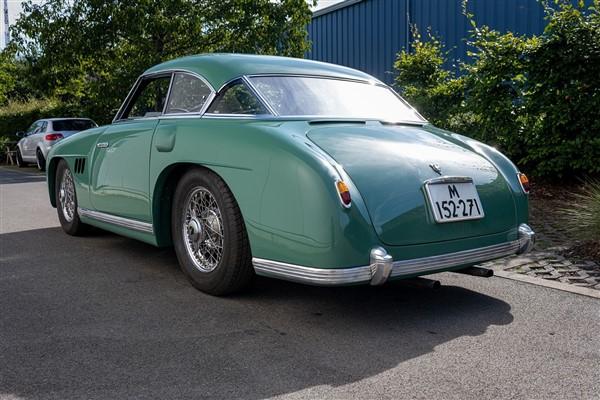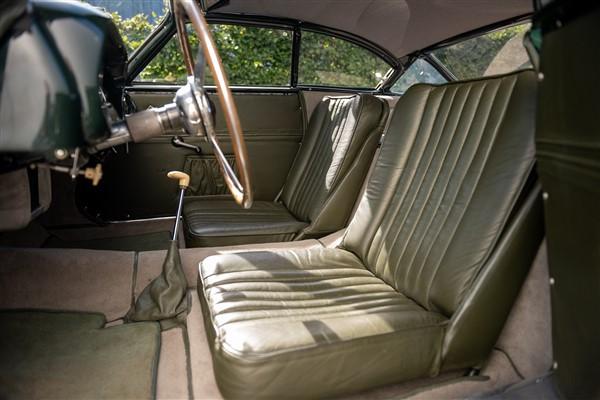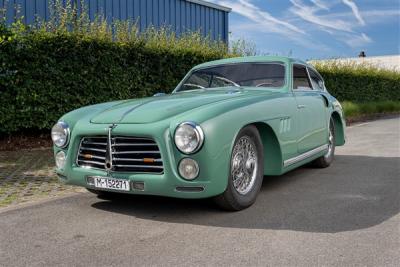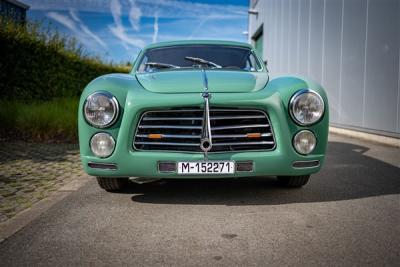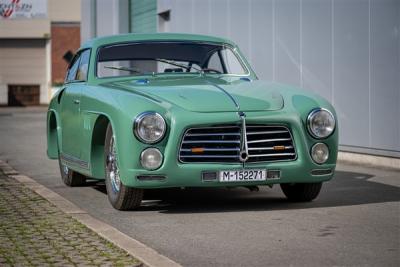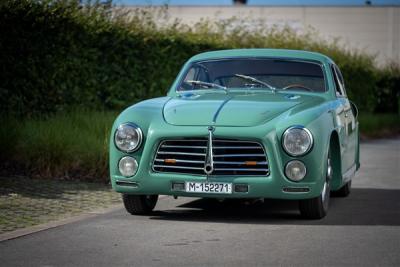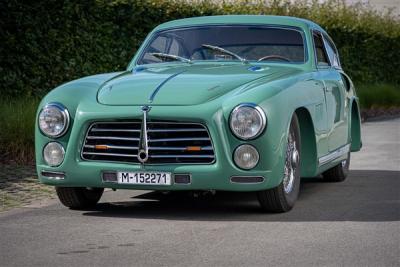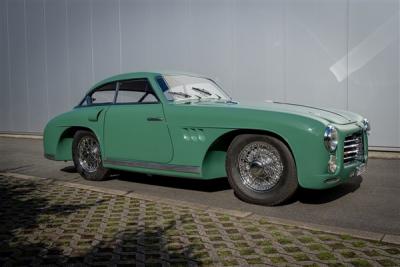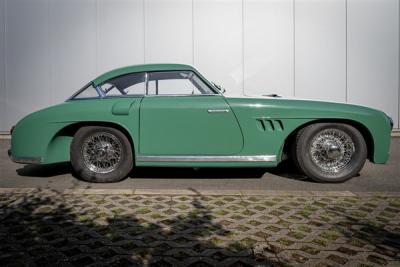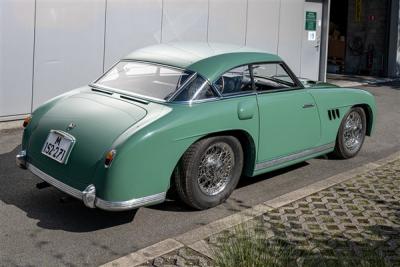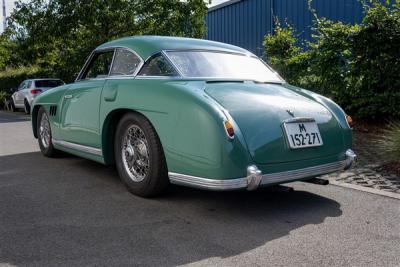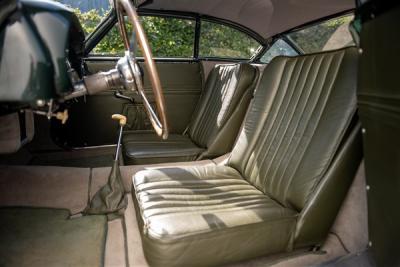The Pegaso automobile was a supercar developed in Spain under the supervision of Enasa (Empresa
Nacional de Autocamiones, SA), a National company that produced buses and trucks. Under the direction of Pegaso was Mr. Wilfredo Ricart, a visionary Spanish engineer from the developing department of Alfa-Romeo.
The idea was to create a supercar which could demonstrate to the rest of the World that Spain was capable of developing the fastest road car using their own technology. And they did it! The Pegaso Z-102 was fast, sporty, sophisticated and among its clients were kings, notable businessmen and members of the most prestigious families in the World.
Mr. Ricart used racing technology in the design of both engine and chassis. The first prototype used a 2474CC engine, but they were soon increased to 2814CC, developing 165 BHP. The engine was a V8 four overhead camshaft design with dry sump lubrication system attached to a five-speed transaxle transmission. There was also a 3200CC version engine. Pegaso offered a choice of one, two or four carburettors configuration.
For the chassis of the Z-102, Ricart designed a pressed steel platform with independent front suspension and a very sophisticated De Dion-type system in the back. For the prototypes, Pegaso used Enasa to design the first bodies, but the idea was to have the best coachbuilders designing bodies for the Spanish supercar. Immediately Touring, Serra or Saoutchik were working for Pegaso in bespoke bodies in various forms.
The formal launch of Pegaso was in October 1951 at the 38th Paris Motor show, with a Gran Turismo Berlinetta designed by Enesa that was the feel of the Exhibition. The Autocar magazine described the Pegaso Z-102 as “a pure racing car adapted for everyday use”. And Autosport wrote “Spanish car steals the Show”.
The high costs of production involving the Z-102, joined by the financial situation of the Country, supposed the end of the project in 1958. Only 86 Pegaso Z-102’s were produced and all of them were different.
About this car:
Mr. Ricart and his team produced a first prototype, chassis 150-0101, that was followed by a cabriolet, with chassis 150-0102 and three more Berlinettas. Interestingly, there is no evidence that chassis 0102 was formally a cabriolet, as nobody ever saw the car with the top down.
After the 1951 Paris Motor show, on December 10, chassis 0102 along with other two prototypes were presented at the Pardo Palace in Madrid to General Franco.
Year 1952 should have been the year that production of the Z-102 cars started, but the design team at Enesa continued developing the prototypes, including the new 2814cc engine and some body
re-styling. It is then when chassis 0102 was converted into the actual Berlinetta configuration. Also the primitive 2474cc engine was replaced for the new 2814CC engine. Why the cabriolet Enesa design was not developed is a mystery.
With this new configuration, Enesa presented the Z-102 chassis 0102 during 1953 in various international Concours d’elegance, including Deauville and Enghien-les-Bains, where it won the first prize.
After an accident in 1954, the car was repaired at the factory, and sold in 1955 for the first time as a new car, adopting the actual identification 150-0201. It is noteworthy, that this Berlinetta and the other surviving prototype, are the two only Z-102 that were later numbered with the 02XX identification, different from the rest of the cars, that are 01XX.
The first owner Mrs Elena Arvanitidi de Ramsay from Madrid, and after four more owners, the car passed in 1972 into the ownership of Mr. Carlos Mosquera, a notable Pegaso enthusiast and co-author with Mr. Enrique Coma-Cros of the recognized book “Los Automóviles Pegaso y sus protagonistas”. During Mosqueras ownership, the car was very well maintained and in 2003 the car was object of a massive work, including al the mechanical components, the engine, the body and the interior.
The car has recently been completely repainted from bare metal, in the original light green as in 1953. All chrome was redone, all rubbers renewed. The underside of the car, all mechanic and engine were iceblasted and repainted. A new front windscreen was fitted. In other words, the car is completely refreshed and in superb condition. The car still has the original Robri wheels. The car also has a Fiva identity card and has Belgian registration papers.
Without a doubt this Pegaso Z-102 is a very special and ultra rare car, with an exceptional history that presents a unique opportunity to acquire a masterpiece in the motorsport industry.
- Body TypesCoupe
- TransmissionManual
- Exterior ColourLight Green
- Number of doors2
- DriveLHD




























































































